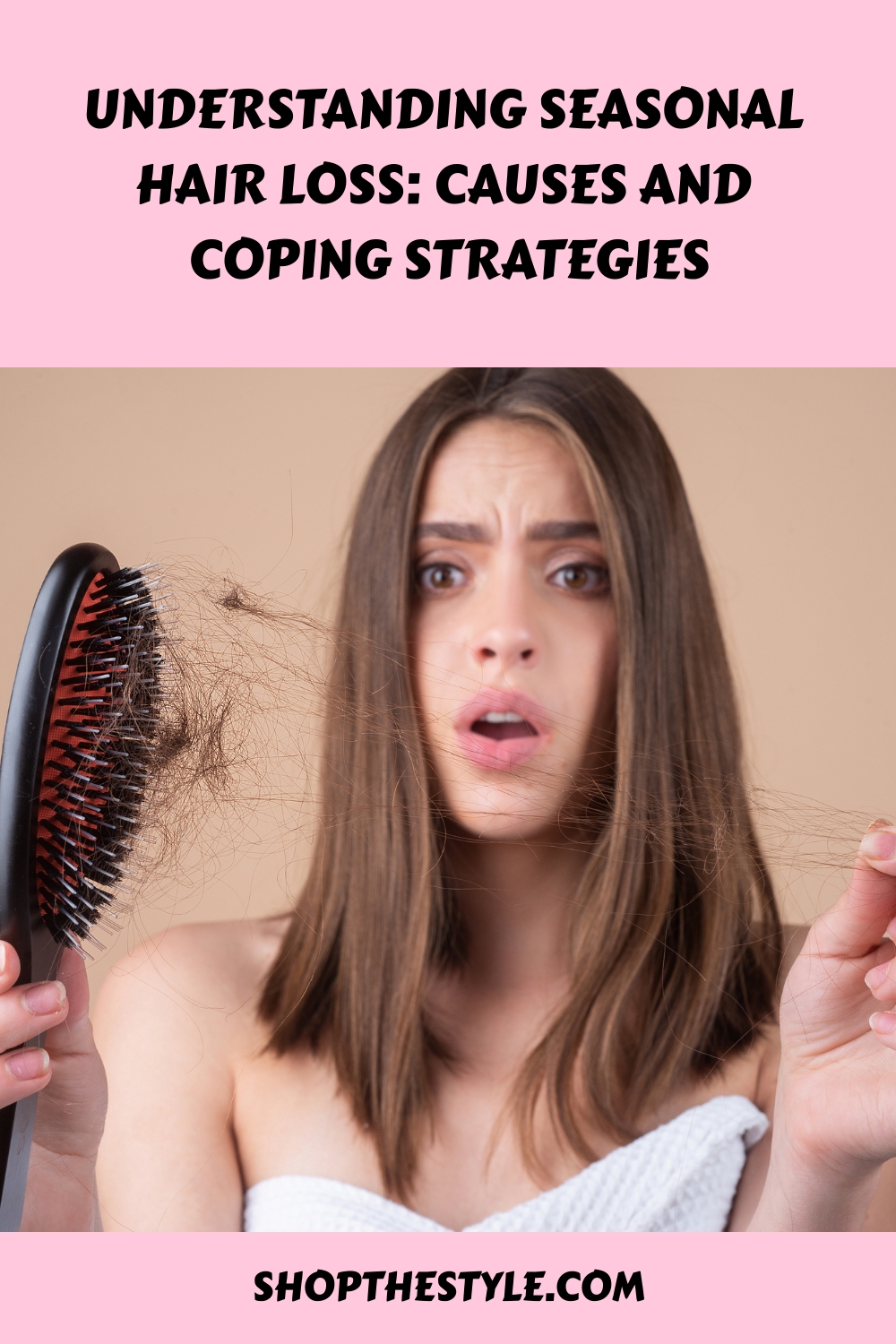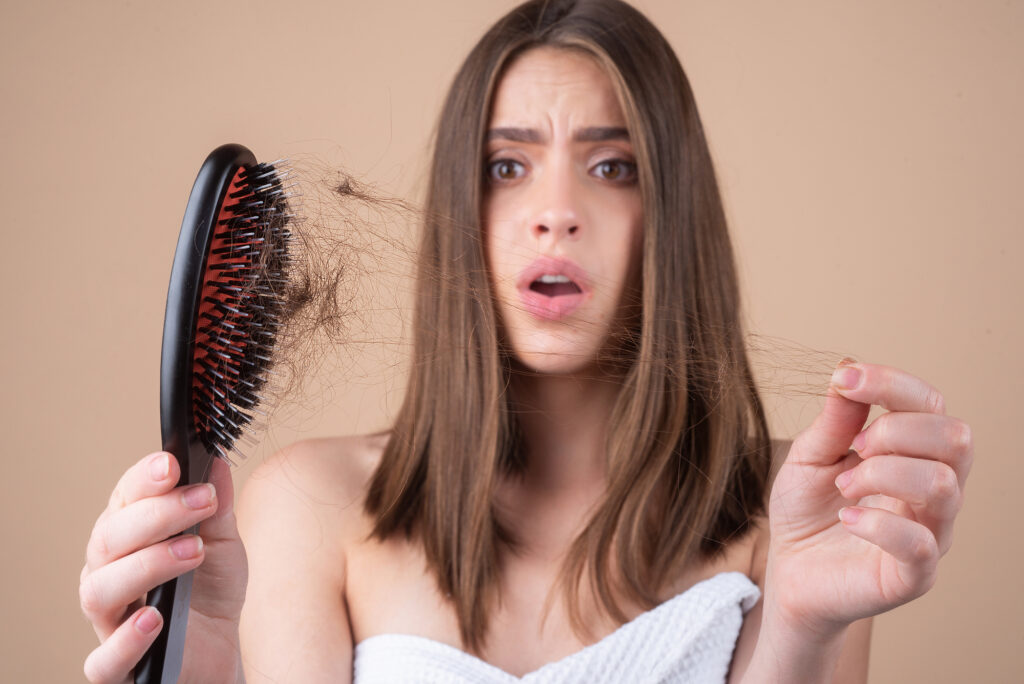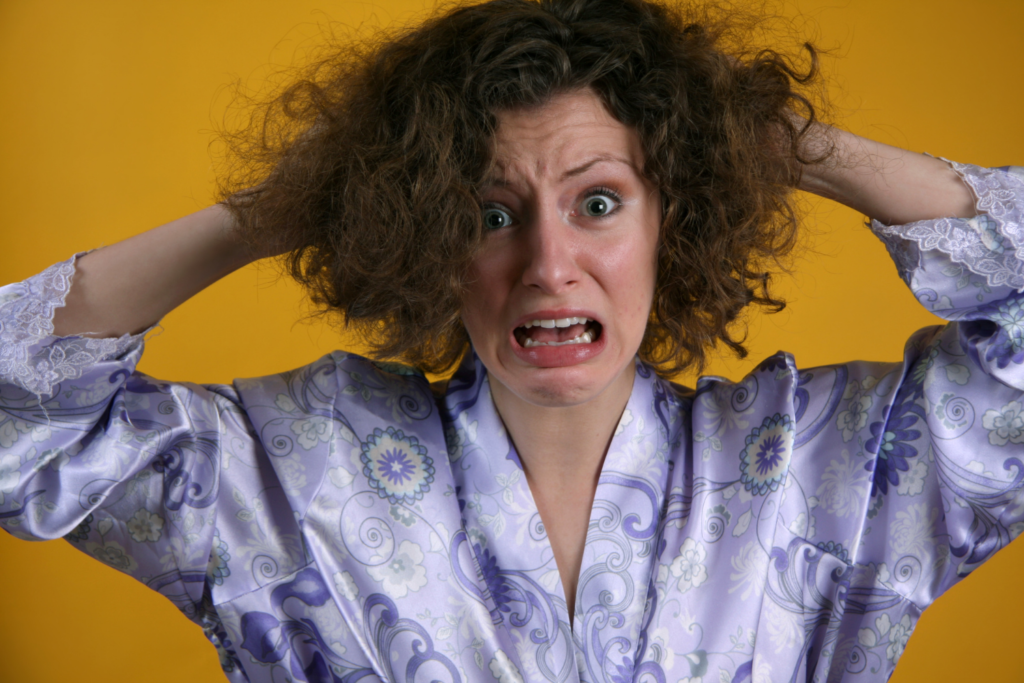As the seasons change, so does our hair. Just as leaves fall in autumn and flowers bloom in spring, our hair also experiences fluctuations throughout the year. Seasonal hair loss, also known as seasonal shedding or telogen effluvium, is a common phenomenon where individuals notice increased hair fall during specific times of the year. While it may be alarming to see clumps of hair in the shower or on your hairbrush, understanding the causes and patterns of seasonal hair loss can help alleviate concerns and implement effective coping strategies.
Contents
What is Seasonal Hair Loss?
Seasonal hair loss refers to a temporary increase in hair shedding that occurs during certain times of the year. This type of hair loss is usually characterized by a higher-than-normal number of hair follicles entering the telogen (resting) phase of the hair growth cycle. As a result, affected individuals may experience increased hair fall, leading to a thinner appearance of their hair.
Why Does It Happen?
The exact cause of seasoned hair loss is not completely understood, but researchers believe it is influenced by a combination of factors. One of the key factors is changes in our exposure to natural light and its impact on our circadian rhythm. Reduced daylight hours during the fall and winter months can lead to a disruption in hormonal balance, which in turn affects the hair growth cycle.
Additionally, some theories suggest that seasonal changes in the body’s hormonal fluctuations may play a role. Hormones like cortisol and melatonin, which are affected by changes in daylight, can influence hair follicle activity. Stress, poor diet, and lifestyle changes associated with the holiday season can also contribute to this phenomenon.
When Does It Mainly Occur?
Seasonal hair loss primarily occurs during the fall and winter months. It often starts around late August to early September and peaks in November to December. This timing coincides with the decrease in daylight hours and the body’s adjustment to colder weather. The transition from the warm and sunny summer months to the cooler and darker days of fall triggers the hair follicles to enter the telogen phase, resulting in increased hair shedding.
Who is Most Prone to Seasonal Hair Loss?
While seasoned hair loss can affect anyone, some individuals are more prone to experiencing it. People with a history of hair loss in their family, those who have preexisting hair thinning or conditions like androgenetic alopecia (male/female pattern baldness), and those with imbalanced diets or high-stress lifestyles may be more susceptible to seasonal hair loss.
Seasonal Hair Loss vs. Regular Shedding: How to Differentiate
It’s important to distinguish between seasonal hair loss and regular hair shedding. Hair shedding is a natural process in which older hairs are shed to make room for new hair growth. Typically, losing approximately 50 to 100 hairs per day is considered normal. Seasoned hair loss, however, involves a noticeable increase in shedding that exceeds this range.
To determine if you’re dealing with seasoned hair loss, consider the timing and duration of the increased shedding. If you notice a significant increase in hair fall during the fall and winter months, and the shedding is temporary, you’re likely experiencing seasonal hair loss. Regular shedding, on the other hand, tends to be consistent throughout the year.
Coping Strategies for Seasonal Hair Loss
- Maintain a Healthy Diet: Consuming a balanced diet rich in vitamins, minerals, and proteins can support overall hair health. Here are some healthy fall snacks that we recommend.
- Manage Stress: Practicing stress-reduction techniques like meditation, yoga, and deep breathing can help minimize hair loss triggered by stress.
- Hair Care Routine: Use gentle hair care products and avoid excessive heat styling to prevent additional stress on the hair follicles.
- Consult a Professional: If you’re concerned about hair loss, consult a dermatologist or healthcare provider to rule out any underlying medical conditions and receive appropriate guidance.
- Supplements: In some cases, supplements like biotin, zinc, and iron may be recommended to support hair health.
- Be Patient: Remember that seasoned hair loss is temporary and usually resolves on its own as the seasons change.
Conclusion
Seasonal hair loss is a natural occurrence influenced by various factors including changes in light exposure, hormonal fluctuations, and lifestyle changes. While it might be concerning to experience increased hair shedding during certain times of the year, understanding the causes and patterns of hair loss can help alleviate worries. By implementing healthy lifestyle choices and following a proper hair care routine, individuals can manage seasonal hair loss and look forward to a healthy head of hair as the seasons continue to change.







